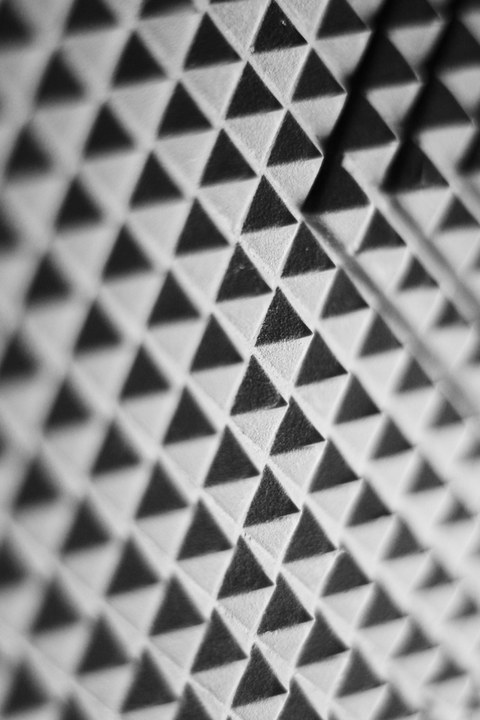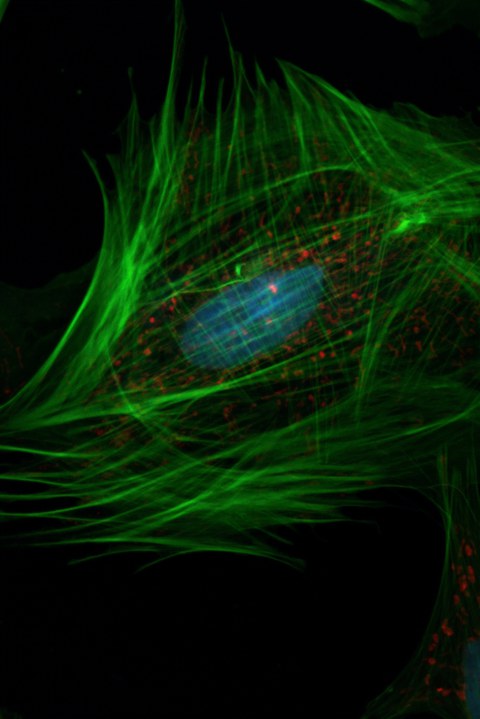RESEARCH TOPICS
Nano-Patterning
Due to ease of fabrication of arbitrary structures with high specificity as well as the “direct” writing of the desired pattern on the substrate, electron-beam lithography (EBL) has attracted significant attention and the micro-/nanopatterned surfaces generated by this technique are excellent candidates to be integrated into solid-state devices such as biosensors. Compared to traditional photolithography, EBL does not suffer from the drawbacks of conventional methods such as roughness generation during the etching step, long processing times, or resist/film adhesion and can achieve much better resolutions due to an extremely short wavelength of the electron beam (0.2-0.5 Å). This method is a versatile and straightforward tool to fabricate nanoscale features that meet the requirements of nanophotonic studies.
Biosensing
The energy transfer mechanism is one of the most common sensing mechanisms that can be categorized into two main classes: resonance energy transfer (RET) or electron transfer (eT). The Förster resonance energy transfer (FRET) is the most investigated and well-known mechanism in biosensing and includes a distance-dependent non-radiative energy transfer from an excited donor to an acceptor through dipole-dipole resonance. Depend on the origin of excitation; RET mechanism can be classified into fluorescence/luminescence RET (FRET/LRET), where the donor excited-state is generated through optical excitation, chemiluminescence RET (CRET), where the excited state donor is created through a chemical reaction, and bioluminescent RET (BRET), where the excited state donor is created through a biochemical reaction.


